Newly revealed archive of East Village Eye newspaper gives unusual view into forgotten NYC underground
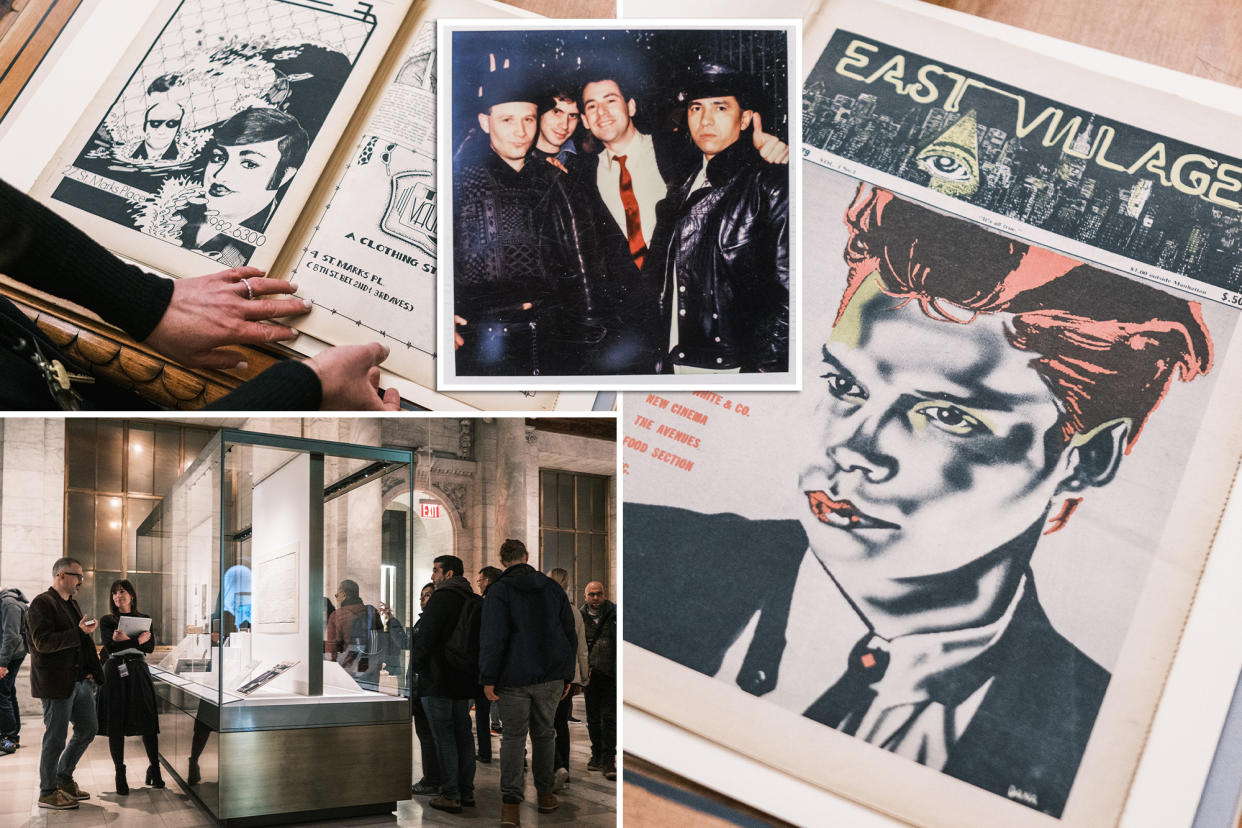
- Oops!Something went wrong.Please try again later.
An influential underground newspaper that chronicled the East Village’s transformative downtown scene in the 1980’s can now be read with fresh eyes at a Midtown institution.
All 72 issues of the East Village Eye were acquired by New York Public Library last year and made available for review by New Yorkers at the main Fifth Avenue branch this spring.
The small independent paper was a lifeline for East Villagers from 1979 to 1987, featuring coverage of the neighborhood’s early gentrification, its legendary music scene and its innovative visual art and graffiti, defined by artists like Jean-Michel Basquiat, Jeff Koons and Keith Haring.
Julie Golia, associate director of manuscripts archives and rare books at the New York Public Library, showed The Post the archives — along with folders of original source material, notes and photos last week.
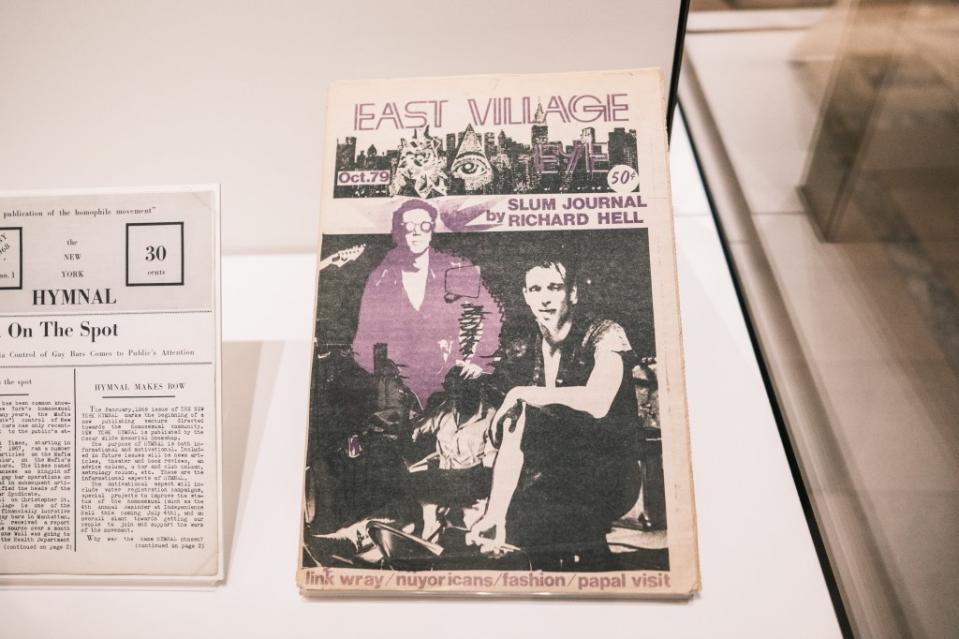
“This is a very particular story about a very particular place at a particular time,” said Golia, 45.
“One of the really important things about the Eye is it was an incubator for young talent and it was documenting the scene,” she added.
“The beauty of newspapers, especially a local underground newspaper, they preserve an aspect of kind of an underground commercial culture of which there’s really not evidence of.”
The issues, which were first sold for $0.50 (or $1 outside of Manhattan) contained a treasure trove of live music listings and events at local venues — most of them now defunct.
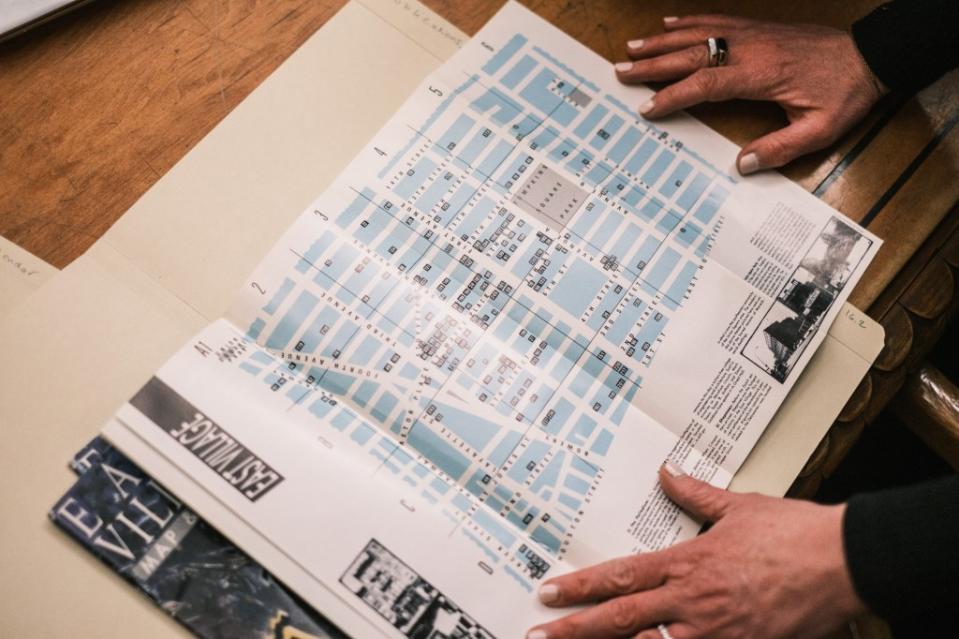
“It’s everything. It’s like, ‘hey, welcome to the East Village.’ Like, where to eat, where to party, you know, where to hang,” Golia noted.
Pat Ivers moved to the neighborhood in 1974 and read the Eye religiously as she filmed punk shows at venues like CBGBs, Danceteria and Mudd Club.
“It was sort of the paper of record of its time,” said Ivers, who is the co-founder of the site Go Nightclubbing, where her historical collections of photos and videos of bands like The Cramps, Bad Brains, The Ramones and Dead Kennedys are archived.
“I mean everybody read it, because it was it was, you know, it was pre-internet, it was like our local blog. That’s how you found out where shows are going to be, maybe reviews of shows you didn’t see,” said Ivers, who remembered picking up her copies of the paper at the neighborhood institution Gem Spa.
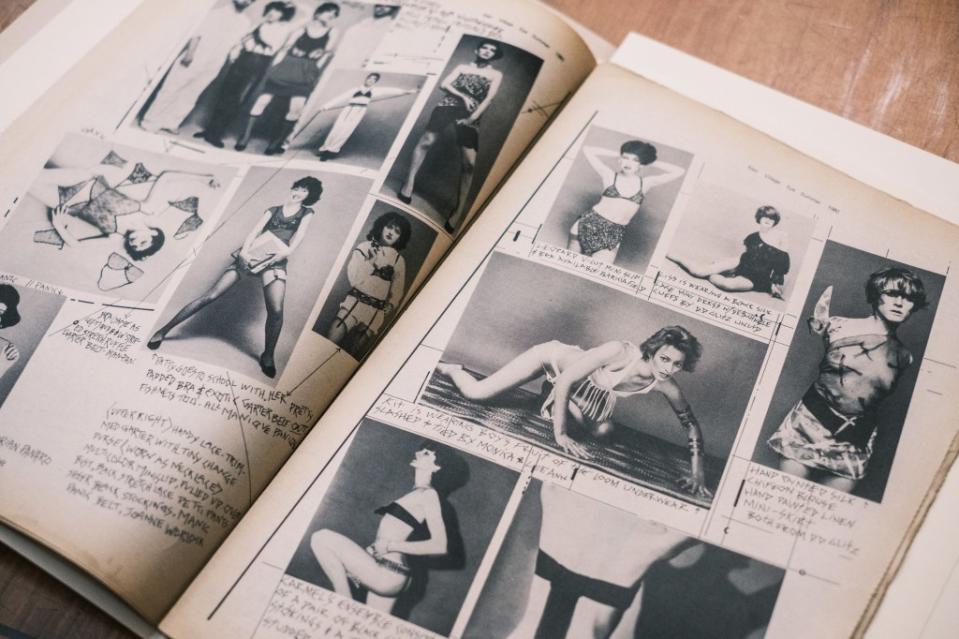
“Back then there were like a gazillion clubs, there were so many of them. And you would look, and especially if there was someone obscure, that’s how you kept up.”
The East Village Eye covered the “protest music” of the punk, new wave and rap scenes and is said to be responsible for a pivotal cultural moment: the first time the term “hip hop” was ever published, in an interview with Afrika Bambaataa in January of 1982.
The now wildly popular mainstream music genre was then defined as “the all inclusive tag for the rapping, breaking, graffiti-writing, crew fashion wearing street sub-culture.”
“The ongoing dialogues with Fab Five Freddy and Afrika Bambaataa, not just in this issue but throughout its history, and also as represented in the archive, like the richness of those connections, right? That was really exciting to me,” said the archivist.
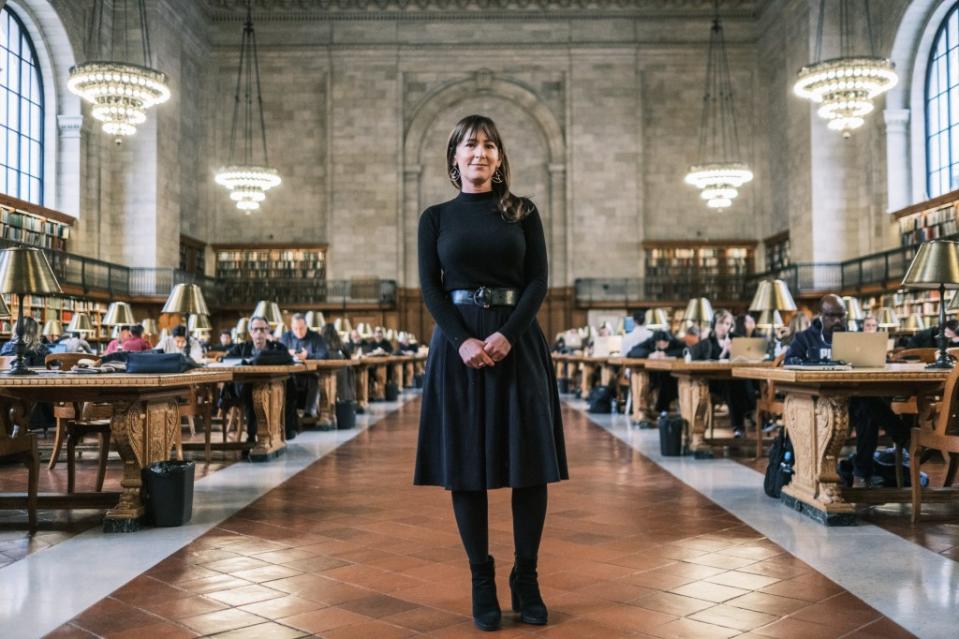
Golia suggested to take the “hip hop” historical milestone with “a grain of salt,” but Ivers said another piece of history attributed to the Eye is right on — the claim of Television’s Richard Hell that he “invented” punk rock style.
“I think that’s absolutely true,” said Ivers. “My friend Peter who lived upstairs from me, Peter Dougherty, he went to London.
“We went together to see Richard Hell in Television in 1974, and Peter would record everything, he would make audio tapes of everything. Then the following year he went to London, and he would also have photos and stuff, and he showed them to Malcolm McLaren and McLaren said I’m going to make a band that looks like Richard Hell.”
McLaren then put together and managed the Sex Pistols, who burst onto the scene in 1975 and defined the genre to the masses, inspired by Hell’s tattered East Village aesthetic.
The newspaper also featured lots of “sex positive dialogues” as the AIDS epidemic swept the city, but infamously missed the mark in one instance where columnist Cookie Mueller gave some terrible advice.
“If you don’t have it now, you won’t get it,” she said of the disease that killed more than 100,000 New Yorkers. “Not everybody gets it, only those predisposed to it.”
Mueller, an underground actress and journalist, later died of AIDS-related complications at the age of 40.
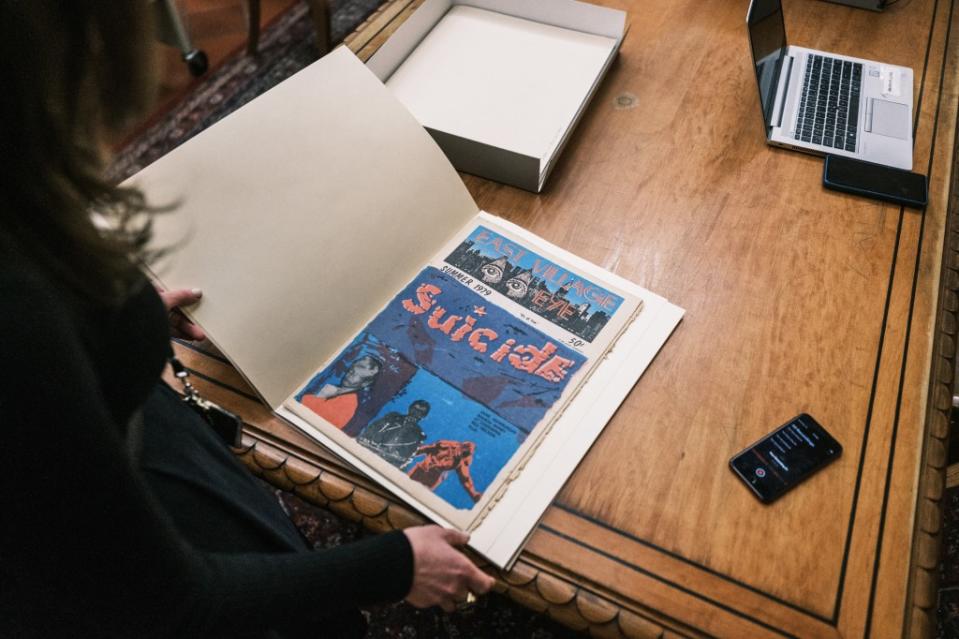
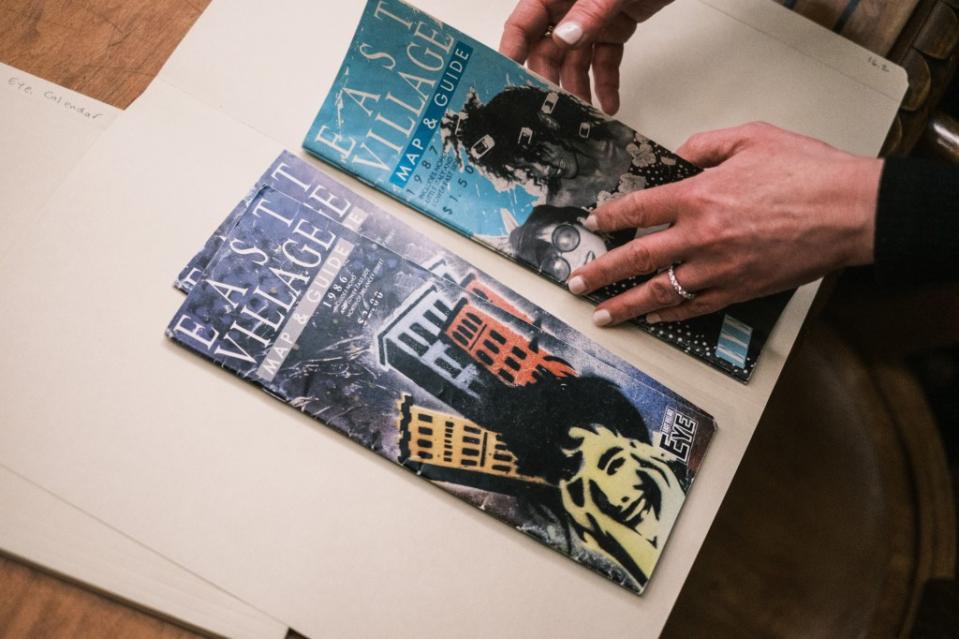
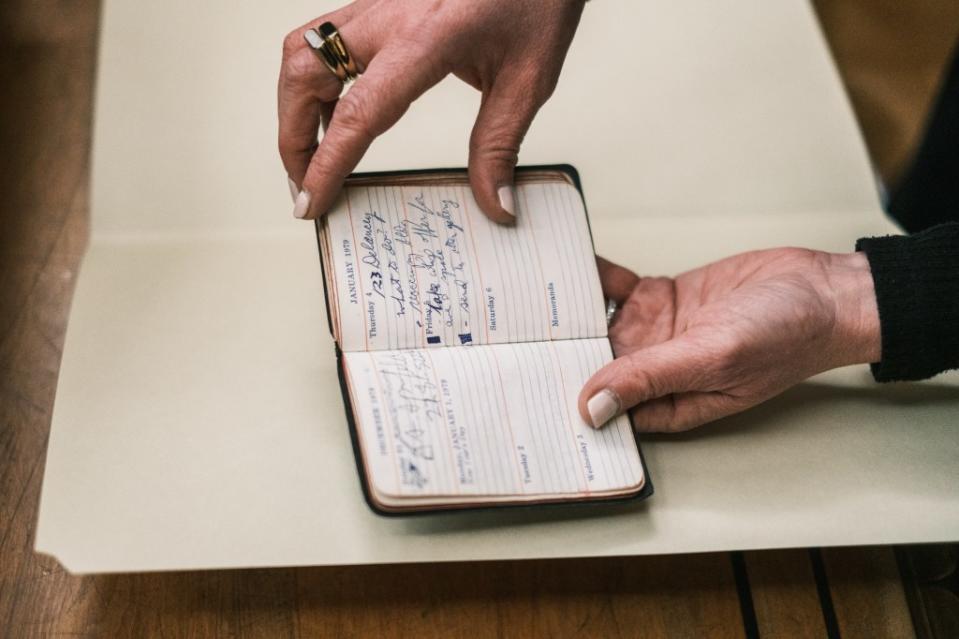
Another early piece viewed by The Post shamed the gay community, saying that its leaders were “mean and stupid.”
“Which a lot of people were saying in the context of the 1970s where there was a real conservative push to cut down on sex clubs in New York, and seeing this as like a real conservative movement to stamp out a sex positive life.. so it’s a really complicated story,” said Golia.
“It contains multitudes in terms of what alternative or underground perspectives are, right? And a really complex story to tell about AIDS in the context of like the ask Dr. Mueller advice columns.”
The East Village Eye had local competition in the form of The Village Voice and SoHo News, but also eventually became popular enough to be shipped all over the country and world to hip readers who took their cultural cues from the neighborhood.
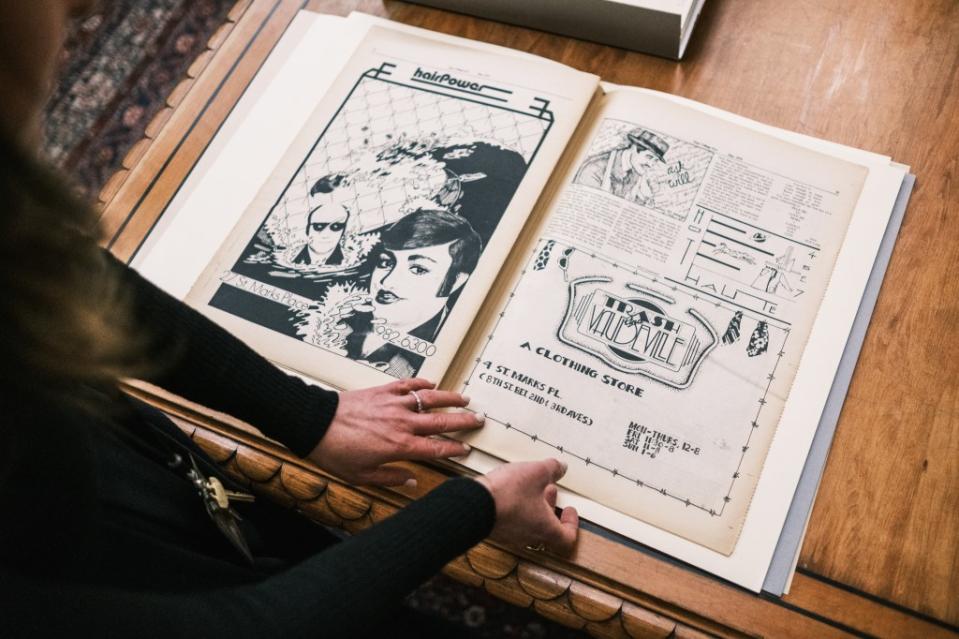
“You kind of read them all,” said Ivers of the independent papers. “For me it was different writers would make me decide what I was interested in,” she added, remembering that she was a fan of David Wojnarowicz; who wrote about his harrowing past and present as a street hustler and later as an artist living with HIV, Glenn O’Brien; who covered social life, fashion and art and photos by Marcia Resnick; who she described as a “pal and fab photographer.”
Golia said that the nightlife-focused publication “identified itself as slightly more underground, [than the other papers] if you will. And slightly more open and edgy as it relates to sex and identity.”
The Eye was “younger” than the other papers and was “pretty open about drugs and about queer life that just took it a little bit further than the Village [Voice],” she said.
That assessment was confirmed by Ivers.
“East Village Eye was newer… And I started to feel like [essayist] Robert Christgau in the Voice was getting kind of stodgy,” the longtime scenester said.
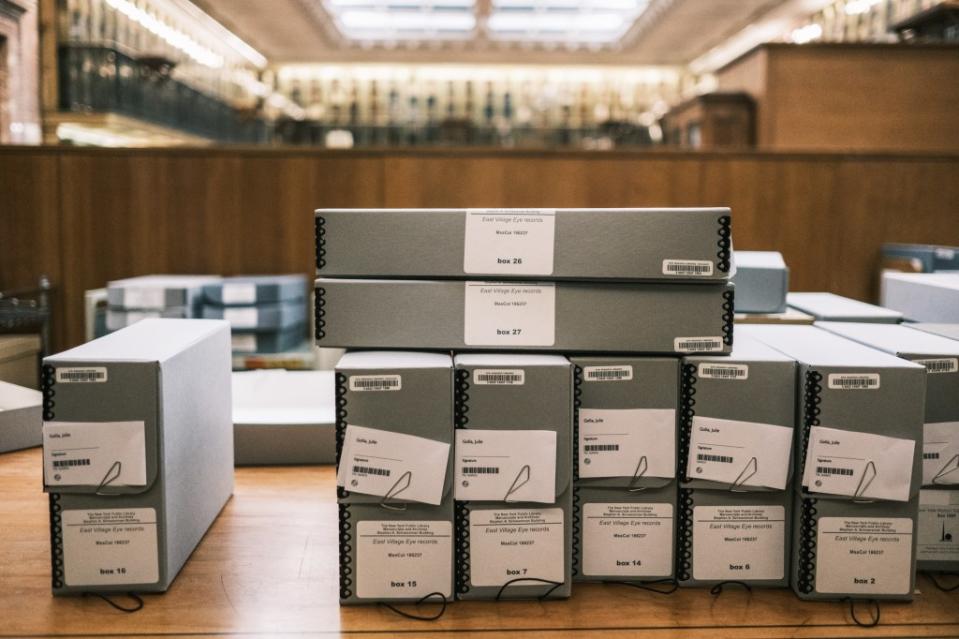
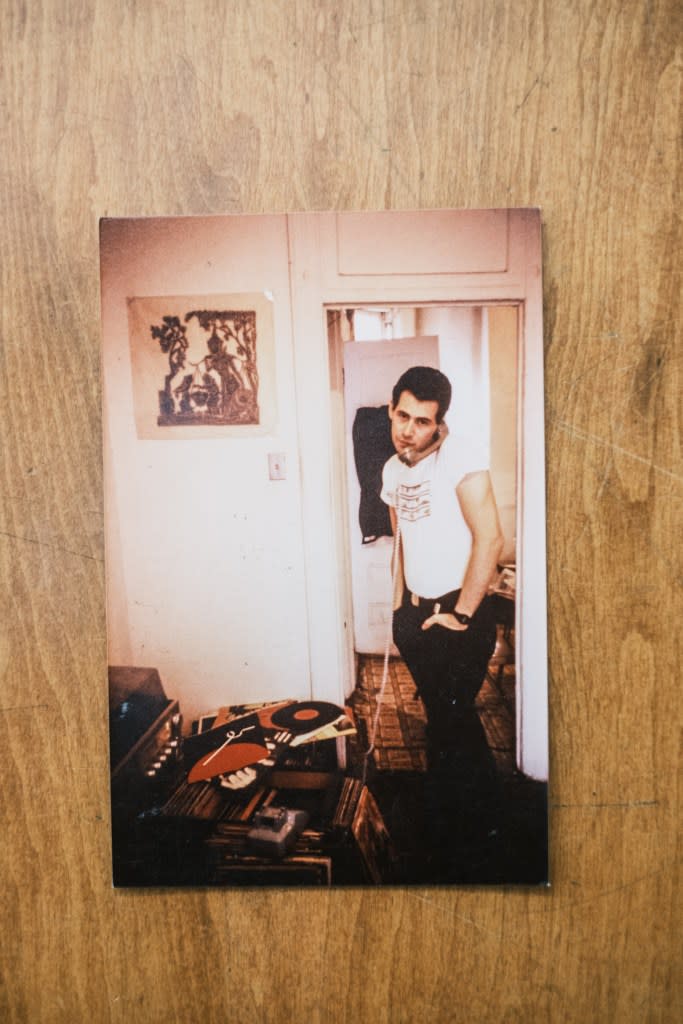
The paper was started by Leonard Abrams on a shoestring budget in his apartment in 1979, before growing to reach a circulation of about 10,000.
Abrams shut down the paper eight years after it began to focus on other artistic pursuits, but was gratified to know that it would live on for future generations at the library — where its archives are stored in a massive climate-controlled basement that houses 16 miles worth of boxes which can be viewed by anyone upon request.
“The placing of these materials is in itself the completion of the project of the East Village Eye. You never know at the time what will be most sought-after later, but the fact that scholars are already chasing down whatever they can find from many of our contributors indicates how important it was to keep this body of work together and well looked-after,” Abrams said in a statement, shortly before his unexpected death last year at the age of 68.
“And so it is with a real sense of relief that I relinquish this collection into the capable hands of the New York Public Library.”
It was an honor to have the materials added to the library’s collection so students of New York history, music, art and fashion could dig in, Golia said.
“When the library takes collections we’re thinking about who is going to be using it long term. We’re thinking about 10 years, 100 years. The whole idea is I’ll be dead and people will be using these things and that’s beautiful.”

